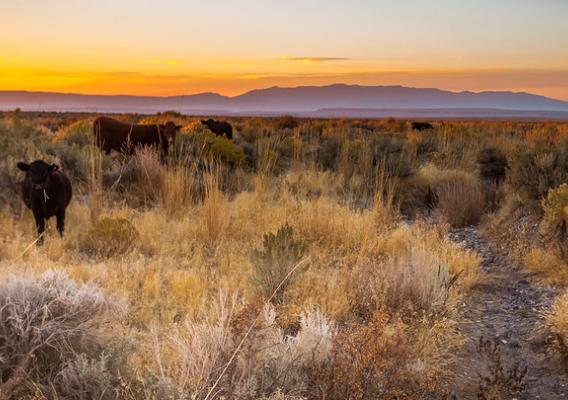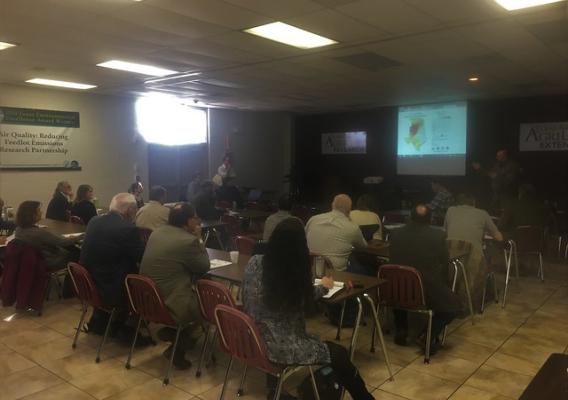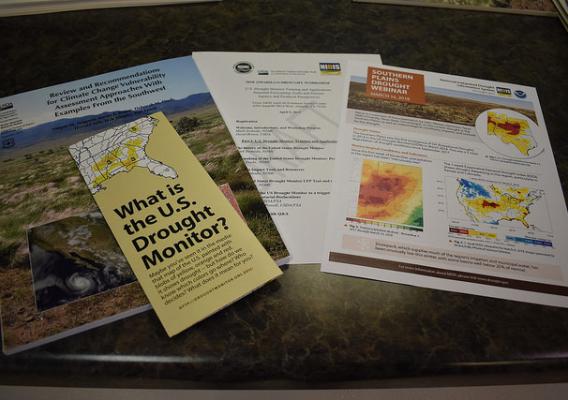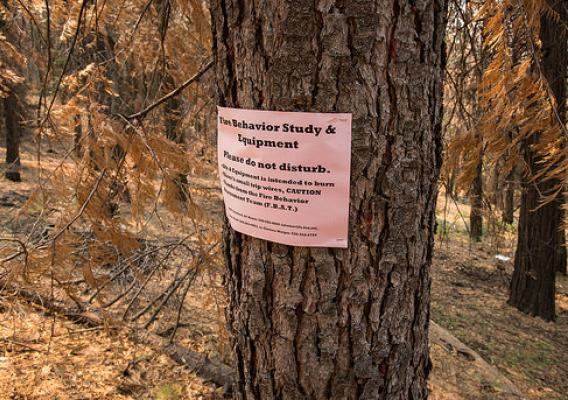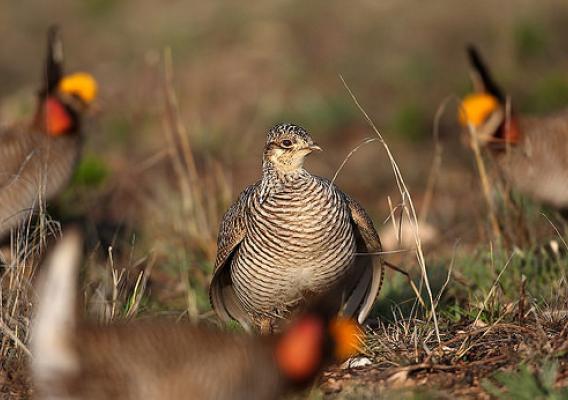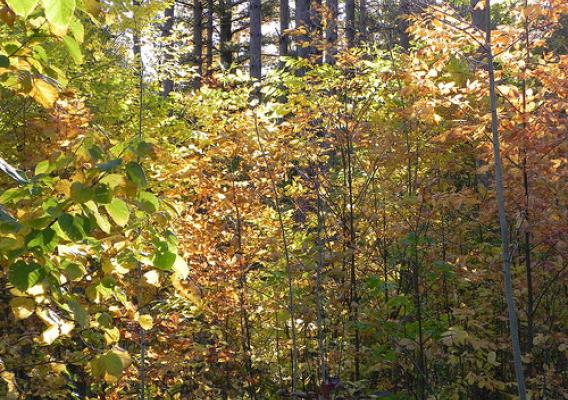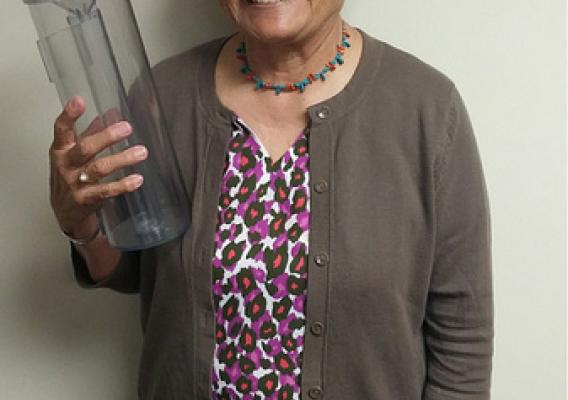All this month we will be taking a look at what a changing climate means to Agriculture. The ten regional USDA Climate Hubs were established to synthesize and translate climate science and research into easily understood products and tools that land managers can use to make climate-informed decisions. The Hubs work at the regional level with an extensive network of trusted USDA agency partners, technical service providers, University collaborators, and private sector advisers to ensure they have the information they need to respond to producers that are dealing with the effects of a variable climate. USDA's Climate Hubs are part of our broad commitment to developing the next generation of climate solutions, so that our agricultural leaders have the modern technologies and tools they need to adapt and succeed in the face of a changing climate.
If you’re a farmer, rancher or working land manager in the southeastern United States, the USDA Southeast Regional Climate Hub (SERCH) can be a valuable resource in delivering timely and applicable climate information and tools. Located in Raleigh, North Carolina, on the campus of North Carolina State University, SERCH is led by the Forest Service. The mission is to increase the resilience of working lands – agriculture, forest, and grazing lands – to climate change and variability through adaptive management. SERCH assesses the vulnerability of key southeastern resources to climate changes; connects with Land Grant Universities, extension professionals, and other technical assistance providers to understand the needs of southeastern land managers; develops new or amends existing tools to support the emerging climate needs of land managers; and delivers climate-smart information through established networks.

